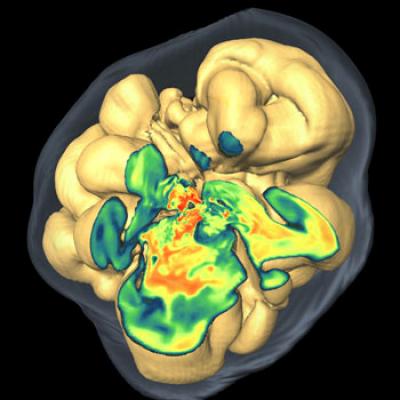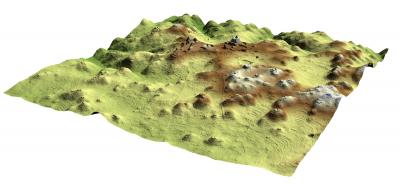
© Royal Observatory, Edinburgh/AAO/SPLStolen from a stellar nursery
Our sun may have stolen the vast majority of its comets from other stars. The theft could explain the puzzling profusion of objects in a huge reservoir surrounding the sun called the Oort cloud.
The Oort cloud is a collection of comets thought to orbit the sun in a roughly spherical halo about 50,000 times as far from the sun as Earth - at the outer edge of the solar system. How did the comets get there? In the standard picture, they formed much closer to the sun, then migrated outward in a two-stage process.
First, the gravity of the giant planets flung them into elongated orbits to form a population called the scattered disc. Objects in the scattered disc come about as close to the sun as Neptune, but venture dozens of times further out, to more than 1000 times the Earth-sun distance. That far from the sun, the gravitational pull of the galaxy becomes significant, so many of the scattered-disc objects get pulled out to populate the Oort cloud.
There is a problem with this picture, however. Simulations have long predicted that this process could only populate the Oort cloud with 10 times as many comets as are currently in the scattered disc, while estimates based on observed comets suggest the ratio is more like 700 to 1.


